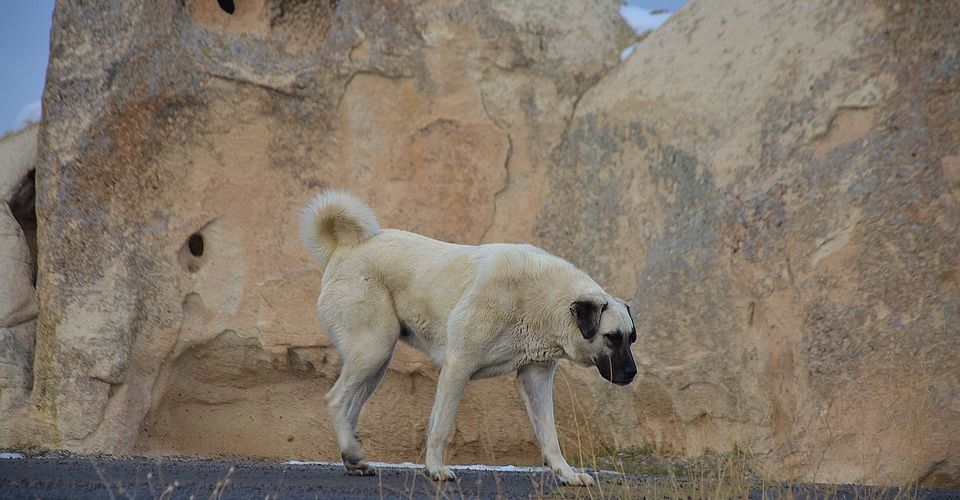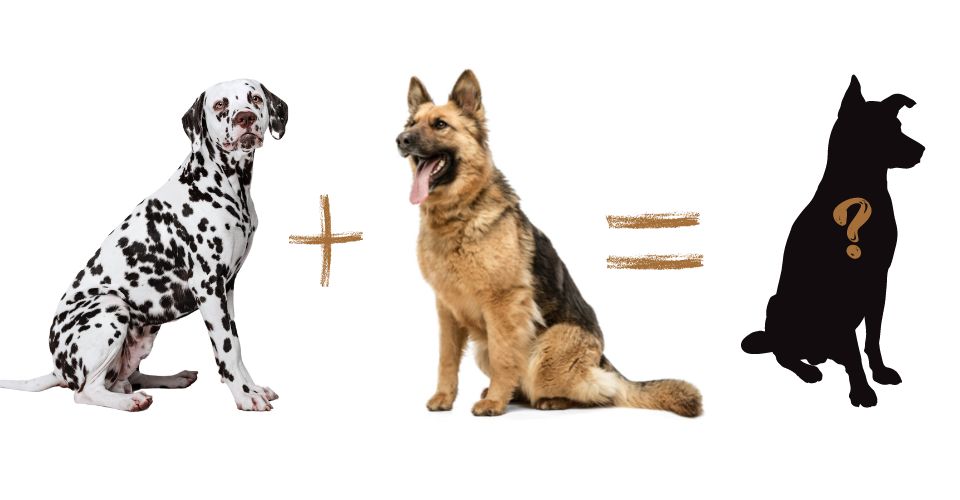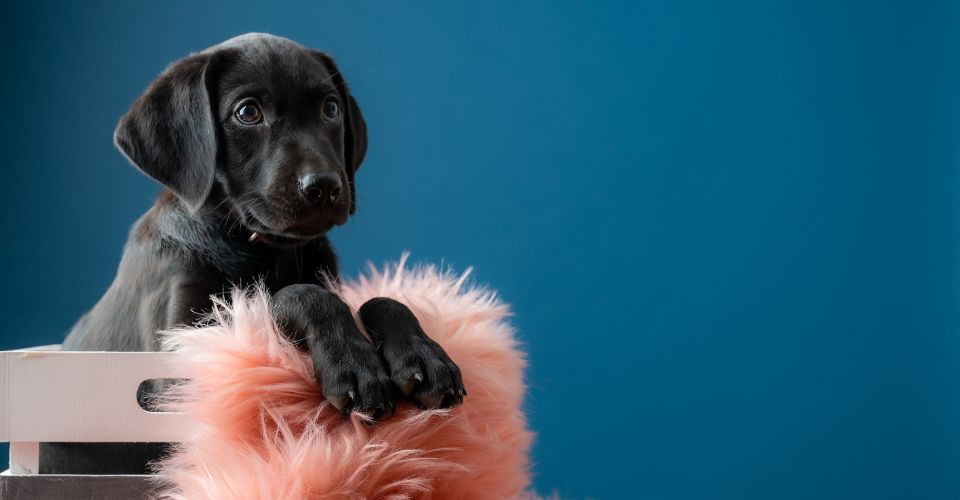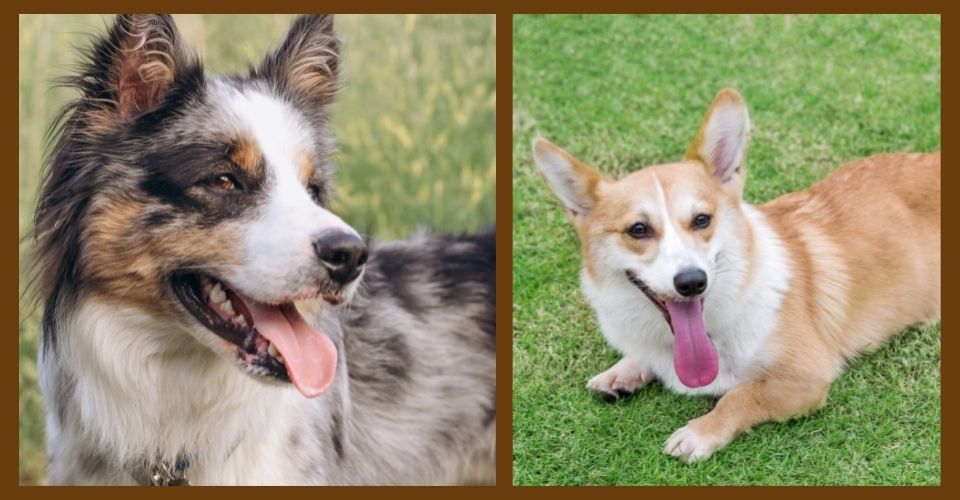Originating in Japan, Shiba Inus are well-muscled dogs once used for hunting. Today, they are popular companion dogs, thanks to their foxlike appearance, fluffy body, cute looks, and good-spirited nature. And you guessed it right, the urge to fondle such an adorable and loyal family dog is undeniable. But what if you have allergies? Wait! Are Shiba Inus hypoallergenic? Simply, would they trigger an allergic reaction? Let us dig into the details.
Are Shiba Inus Hypoallergenic?
No!
Sorry to disappoint, but no, Shiba Inus are not hypoallergenic. Though it is regretful, Shiba Inus are certainly not a good pet choice for people who suffer from dog allergies. Since these pooches have two layers of fur, they will be scattering their dander in every corner of your home – be it a carpet or furniture. Not just this, dander can even remain floating in the air, which can easily make its way to your nose, triggering an allergic reaction.
No Dog Is Precisely 100% Hypoallergenic!
A 2011 study reveals that all kinds of dogs can cause allergies in human beings in one way or another. Every dog has dander; however, it is massive in some while negligible in others.
Why Are Not Shiba Inus Hypoallergenic?
Simply put, Shiba Inus are non-hypoallergenic because they shed round the year and scatter dander in their surroundings. Having a double coat – the stiff and straight outer layer and thick and plushy inner one – they shed moderately throughout the year and experience heavy shedding twice a year. Owing to this nature, the dander (dead skin flakes) often gets lodged in the objects around them, which causes allergy due to the presence of allergens. Besides dander, the fur itself may also lead to allergies, especially in people who suffer from asthma. Likewise, allergens are present in dog urine and saliva.
Our immunity responds to these allergens, provoking allergic reactions. Since dogs secrete the proteins that end up in dander, allergy occurs when the immune system of sensitive people reacts abnormally to these otherwise harmless emissions.
What Are the Symptoms of Shiba Inu Allergy?
Signs of a pet allergy are quite similar to that of hay fever and asthma. However, signs can vary greatly depending upon the type of allergy. For instance, if it leads to nasal passage inflammation, you can expect the following symptoms:
- Sneezing
- Runny nose
- Red eyes
- Nasal congestion
- Itchy nose, the roof of the mouth, or throat
- Postnasal drip
- Coughing
- Facial pain
- Inability to sleep much
- Swollen skin under the eyes
Similarly, some people may experience skin symptoms, better known as allergic dermatitis, which can cause skin inflammation. Its symptoms include:
- Red patches on the body
- Itching
- Eczema (Inflammation)
How to Deal With Shiba Inu Allergies?
Shedding in dogs makes sensitive people prone to allergic reactions. However, the good news is that the incidence of such allergic reactions can be considerably reduced. You can follow the concerted approach given below to do so.
Bathing and Brushing
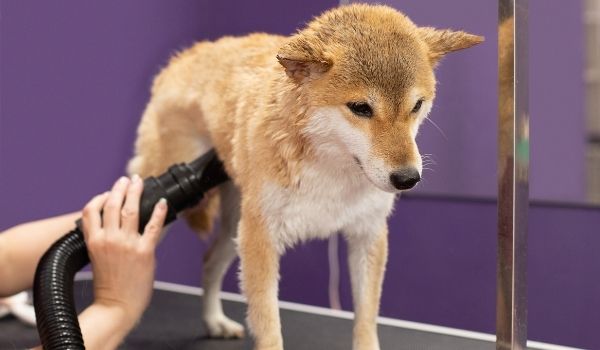
Undoubtedly, bathing your Shiba Inu can effectively reduce the amount of dander he sheds in your home. Similarly, brushing is also very helpful. It is so because dander is the main reason behind pet allergies, and bathing and brushing can get rid of it along with the loose fur holding it. This way, you can significantly reduce the risk of its proliferation beforehand. However, it is advisable to bathe or brush your furry friend only outside your home so that you might not end up getting his fur clogged in the places you visit frequently.
You should increase the bathing and brushing frequency during the heavy shedding intervals. More accurately, your Shiba Inu needs grooming every 24 hours during those periods. Using a helpful dog shampoo to bathe your pup is also recommended.
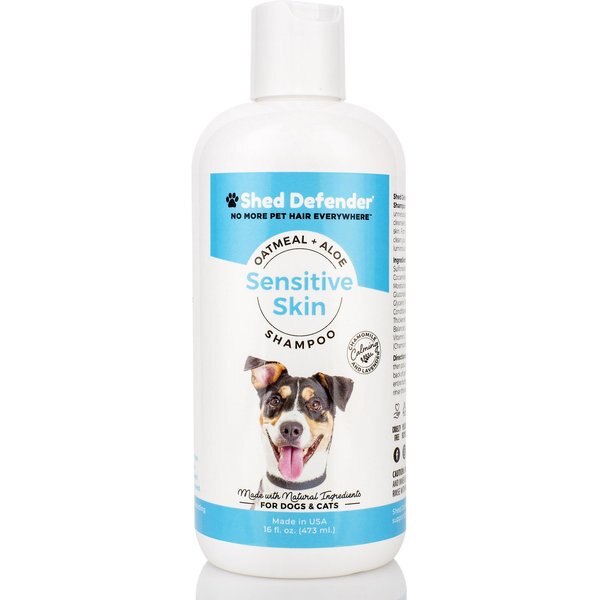
This Aloe Dog & Cat Shampoo is a plant-based dog shampoo with a hypoallergenic formula. Loaded with oatmeal and aloe vera, it is specially designed to keep your pet’s health intact while reducing excessive shedding.
Vacuuming and Dusting
Pet dander and fur mostly get accumulated in carpets and furniture. Therefore, it becomes necessary to clean these items regularly to make sure they stay safe for use. However, this may not be an easy task for most people because it demands regular effort and time input. Therefore, smart moves such as replacing carpets with tiles can make it a lot easier.
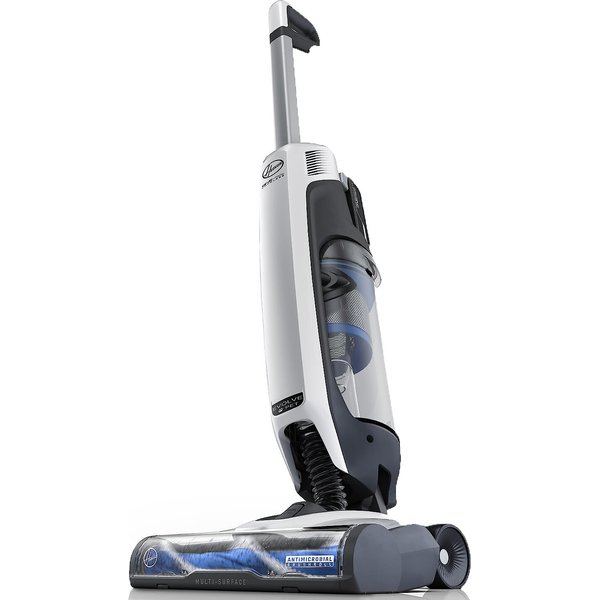
Air Purifiers
The most pernicious way with which dander can make its way into your body is through the air. As discussed earlier, dogs can flood the air around them with dander, which can eventually end up in human nostrils. This is where air purifiers step in: they can remove the excessive dander in the air. Such devices are worth investing in because they capture the airborne dander and make the air safe for you.

This LEVOIT Air Purifier has an advanced design that helps the air get rid of pet dander and hair, odor, dust, mold, and pollens from the air.
Cleaning Your Hands
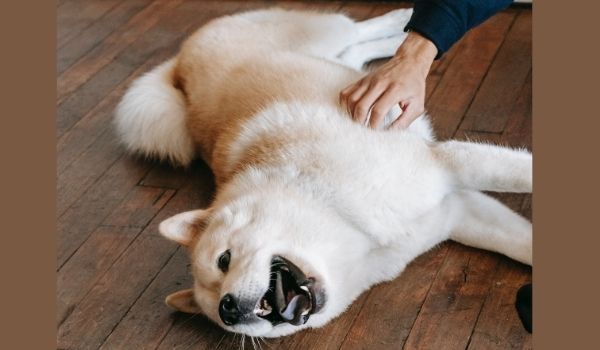
Always make sure that you wash your hands after having a petting and cuddling session with your pet. Shiba Inus are fluffy, and no one can resist the temptation of touching them, but once this happens, hands must be washed thoroughly enough to get rid of any dander that may accumulate on your palms and fingertips. After handling your pet and before washing your hands, it is very important not to touch your face.
Pet-Free Zone
You can designate certain places in your home like couch, bedroom, kitchen, and carpet as pet-free zones. Please note that it is not something cruel to animals; rather, it is just for the safety of your own.
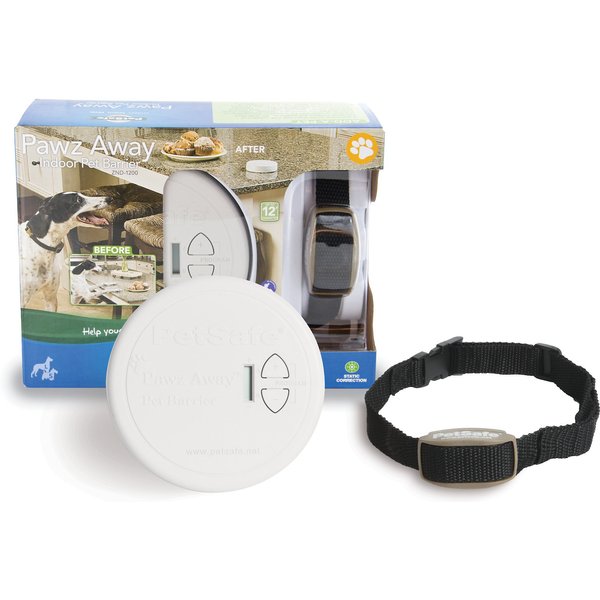
This Indoor Pet Barrier is best for marking indoor off-limit areas such as the kitchen, your prized couch, or certain rooms, wherever you spend most of your time.
What to Do After Getting Shiba Inu Allergy?
Often, it is almost next to impossible to eliminate the possibility of contracting pet allergies. Therefore, the symptoms may kick in and will not leave until you resort to some kind of medical treatment. In such cases, your doctor may recommend the following medications:
- Antihistamine: It treats allergy by downsizing the immune chemical production, which is responsible for allergic reactions.
- Corticosteroids: It is a steroid hormone that controls inflammation. It is delivered through a nasal spray.
- Decongestants: They provide short-term relief from nasal congestion.
- Leukotriene modifiers: They help ward off breathing problems associated with allergies. However, they may have certain side effects.
Luckily, there are two types of treatments also available. They include:
- Immunotherapy: You can make your immune system not react against allergens through immunotherapy. It works just the way vaccination does. Allergy shots containing a minute number of allergens are introduced in the body.
- Pro: Very effective in strengthening the immune system
- Con: Expensive and takes longer
- Nasal Irrigation: It works by pouring saline water into the nostrils. As the solution flows into the nasal cavity, mucus and allergens are washed out.
- Pro: Quick and effective
- Con: It may cause addiction
When to Consult a Doctor After Shiba Inu Allergy?
As per the rule of thumb, you should see a doctor soon if the allergy symptoms persist for more than two weeks. However, if the symptoms are very severe, for instance, the nasal passage gets blocked completely, it means that it is time to seek medical help on a priority basis.
Sometimes, it may become challenging to find out if you are suffering from a normal cold and flu or if you have contracted an allergy. In such a case, it is recommended to see a doctor.
Final Thoughts: Are Shiba Inus Hypoallergenic?
No. Shiba Inus are not hypoallergenic because their big double-layered coat sheds throughout the year besides shedding heavily twice every 12 months, which is huge in terms of allergic dander they produce. As our immune system reacts to such material, we end up getting allergies in the shape of various symptoms. Fortunately, ways to prevent such reactions and treatments are also available, which can put you at ease when it comes to playing with your furry shedding friend.
However, if you have pet allergies, we advise you to forget Shiba Inu and instead look into hypoallergenic dog breeds.


